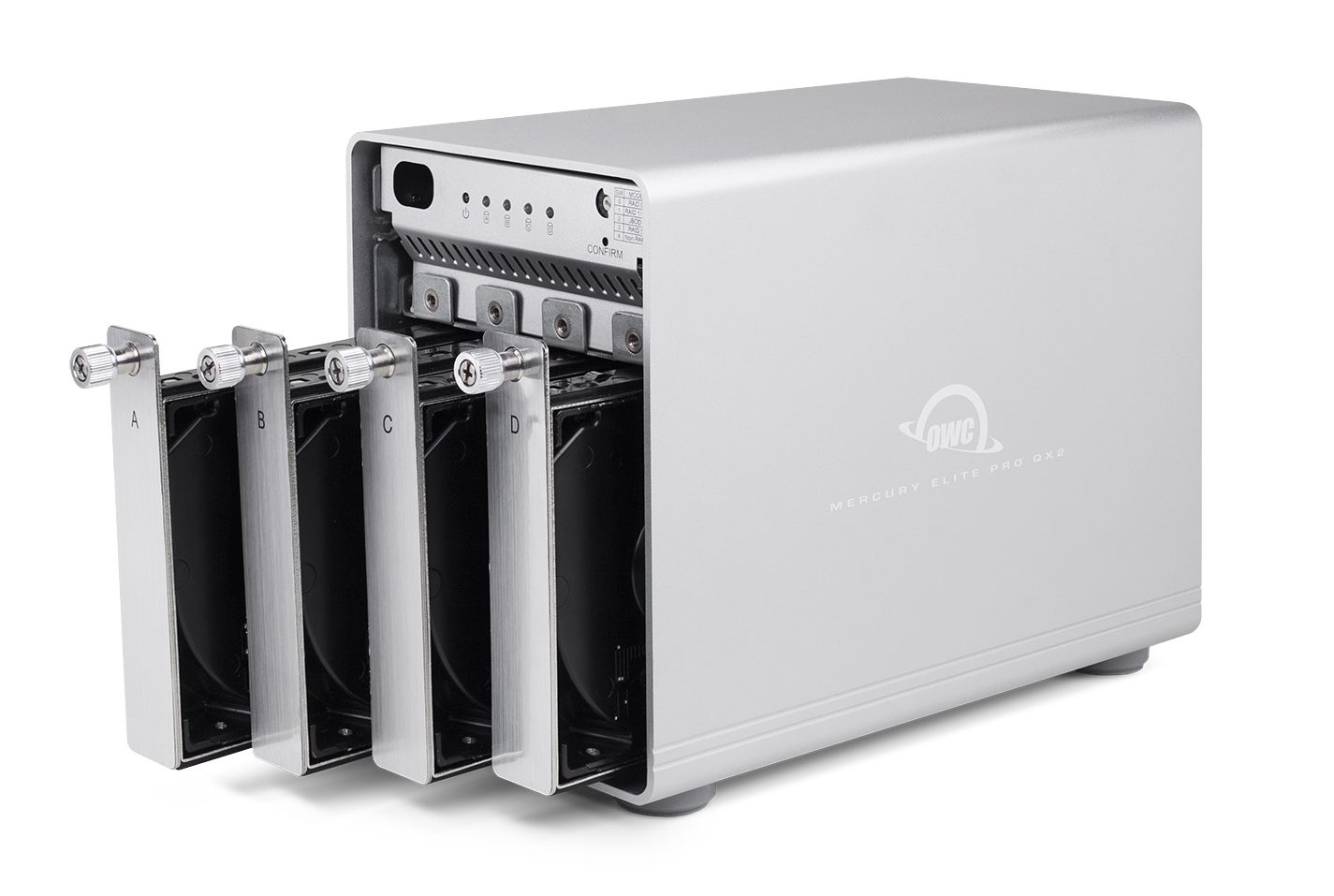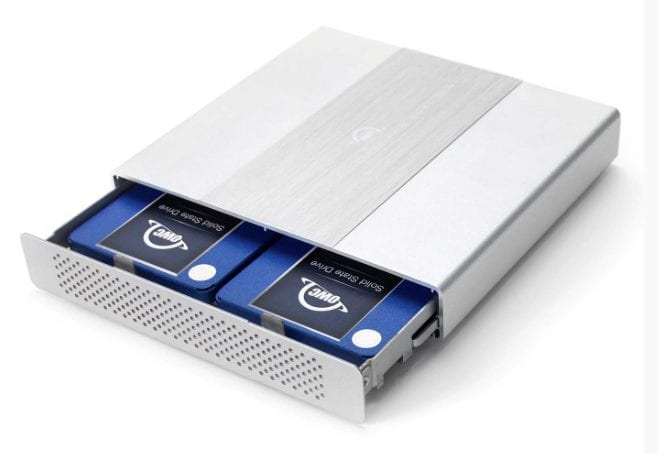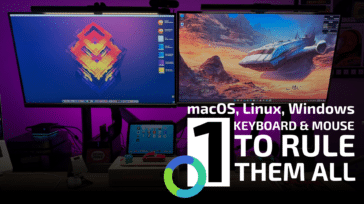 While you might think the computer you are using is the most important part of your everyday and professional workflows, there is something even more important: your data. Computers are replaceable but once your intangible data is lost, it is gone forever.
While you might think the computer you are using is the most important part of your everyday and professional workflows, there is something even more important: your data. Computers are replaceable but once your intangible data is lost, it is gone forever.
Fortunately, there is a wide range of great backup solutions to help protect your data. Another way to keep your data secure is through RAID. You can read much more about RAID and what it can do here.
What you might not know is RAID can come in the form of hardware or software, which begs the question of which of these is right for your workflow. To help differentiate between the two, we’ve outlined some of the advantages of software and hardware RAID, so you can decide which is best for your workflow.
 Safety: With software RAID your data can be split across different enclosures for complete redundancy – one can completely stop working and your data is still ok.
Safety: With software RAID your data can be split across different enclosures for complete redundancy – one can completely stop working and your data is still ok.

Speed: Software RAID, such as SoftRAID, can provide incredibly fast read and write speeds. To maximize read/write speeds, SoftRAID harnesses the power of your computer’s powerful CPU, but only for mere microseconds at a time so other running applications aren’t impacted. And with software RAID you can easily take advantage of improvements in chip technology by moving your RAID array to a new computer with a newer, faster CPU.
Upgrading: When you buy a hardware RAID solution, the components in the hardware RAID box may be top of line when you buy them but As technology advances, you can quickly be left with hardware that becomes obsolete. Software RAID doesn’t use proprietary firmware, and components can be upgraded to take advantage of advances in CPU and other technology.
Keeping Your System Current: Upgrading firmware in a hardware RAID box can be hard and you might need to send your box back to the factory. Whereas SoftRAID constantly improves its software, providing its users with upgrades, new features, and bug fixes. These updates can be easily downloaded and installed using the SoftRAID application. In this way you can be assured of always having the best and most current software controlling your RAID system and take immediate advantage of all the improvements SoftRAID consistently makes.


Operating System Agnostic: A hardware RAID solution will work on any operating system. With software RAID, you must have a driver for your disks for each operating system. For example, with a SoftRAID volume, you can only use it with computers running Mac OS.
Just plug and play: With hardware RAID, you can just connect the storage solution and start using it. With software RAID, you must run an installer program to install the driver before you start using it.
Guaranteed disk compatibility: Some hardware RAID vendors use proprietary connectors to attach HDDs to their drive sleds. This means you can only purchase replacement HDDs from them. While this might seem inconvenient, it does guarantee that the HDDs you add to your RAID solution are the right size.
Additional hardware: As the name indicates, hardware RAID features additional hardware. While this causes a hardware RAID solution’s price to increase, it also means that that there is a dedicated RAID controller chip meaning it won’t be a burden on your computer’s CPU.
 Cost: Many people wrongly view software RAID as a cheap solution that’s not powerful, even though it can compete on speed and outperform on safety when compared with hardware RAID. In fact, expensive hardware RAID solutions are not automatically superior (especially since the chip in even fairly low end laptops is usually more powerful than the chip in an expensive hardware RAID controller).
Cost: Many people wrongly view software RAID as a cheap solution that’s not powerful, even though it can compete on speed and outperform on safety when compared with hardware RAID. In fact, expensive hardware RAID solutions are not automatically superior (especially since the chip in even fairly low end laptops is usually more powerful than the chip in an expensive hardware RAID controller).
Does software RAID drain your CPU? You may hear people say software RAID drains your computer’s processing power. With a software RAID solution such SoftRAID, this isn’t true. When SoftRAID does the calculations needed to write to a RAID volume, it uses all the cores in your CPU simultaneously, for mere microseconds. Reading from the volume takes even less time. The processing is broken up into the same number of chunks as there are cores in your Mac’s CPU to affect the machine as little as possible.
Which should you use?
When using RAID, the bottom line is to get what best suits your needs and desires. And whether you decide that software RAID or hardware RAID is right for you, SoftRAID and MacSales.com have the solutions you need.
Related articles:










My SoftRAID 7.0/Thunderbay 4 box continues to scream through Premiere Pro 4K video under Ventura, connected to a Mac Studio Ultra box. And I’m using spinning drives. My system is a “Forever RAID” setup, as documented in a big post here under “How To Archive Your RAID sets.” It’s affordable and works!
Best as always,
Loren